Last updated on
Discover the factors that influence the cost of renting a ghost kitchen, as we dive into an insightful exploration of this innovative business solution in today’s culinary world.
Ghost kitchens have been gaining popularity in recent years as a cost-effective and efficient solution for food businesses. With the rise of online ordering and delivery services, ghost kitchens offer a way for restaurants and chefs to expand their reach without the added expense of opening a physical restaurant.
But just how much does it cost to rent a ghost kitchen? In this article, we’ll take an in-depth look at the costs associated with renting a ghost kitchen and what factors can affect those costs. So if you’re considering starting your own food business or looking to expand your current one, read on to find out everything you need to know about renting a ghost kitchen.
What's Inside
What Is a Ghost Kitchen?

A ghost kitchen, also known as a virtual kitchen or cloud kitchen, is a professional food preparation and cooking facility that operates without any dine-in or storefront services. Essentially, it’s a commercial-grade shared space where chefs can prepare meals for delivery-only orders.
Ghost kitchens are becoming increasingly popular due to the rise of online ordering and food delivery apps like Uber Eats and Grubhub.
Unlike traditional restaurants that require significant investments in real estate, equipment, staff training costs among others; ghost kitchens offer an affordable alternative for entrepreneurs looking to start their own food business with minimal overheads. By renting out space in these facilities instead of opening up their own brick-and-mortar restaurant locations from scratch – they can save on expenses such as rent/mortgage payments while still being able to serve customers through online platforms.
Ghost kitchens come equipped with all the necessary appliances needed for cooking including ovens/stoves/grills/fryers/refrigerators/freezers/dishwashers etc., which makes them ideal spaces for chefs who want access to high-quality equipment but don’t have the budget or resources required to purchase everything themselves.
The Rise of Ghost Kitchens
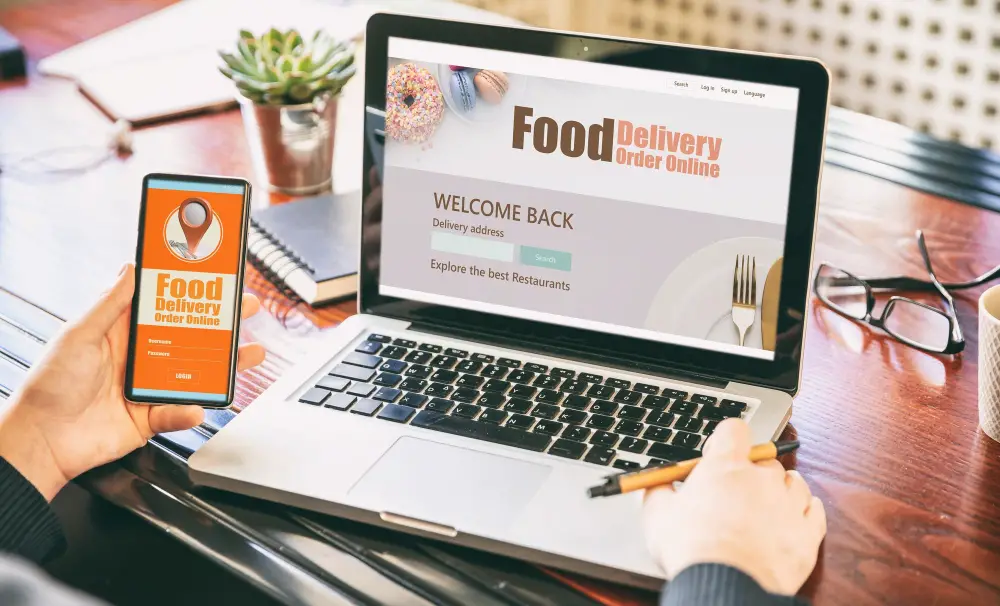
This innovative concept has revolutionized the food industry by providing a cost-effective and efficient solution for businesses looking to expand their reach without investing in a physical restaurant space. The rise of online ordering and delivery services has created an opportunity for ghost kitchen operators to cater to customers’ needs while reducing overhead costs associated with traditional brick-and-mortar restaurants.
The COVID-19 pandemic further accelerated the growth of ghost kitchens as more people turned towards online ordering and home delivery options due to social distancing measures. With many restaurants struggling financially during this time, ghost kitchen rentals provided an alternative way for chefs and entrepreneurs to continue operating their businesses without risking exposure or high rental expenses.
As consumers become increasingly reliant on technology-driven solutions such as mobile apps and third-party delivery platforms like Uber Eats or Grubhub, it’s no surprise that virtual brands are becoming more popular than ever before. Ghost kitchens offer a unique opportunity for restaurateurs who want flexibility when it comes down not only location but also menu offerings since they can test new concepts quickly without committing significant resources upfront.
Types of Ghost Kitchens
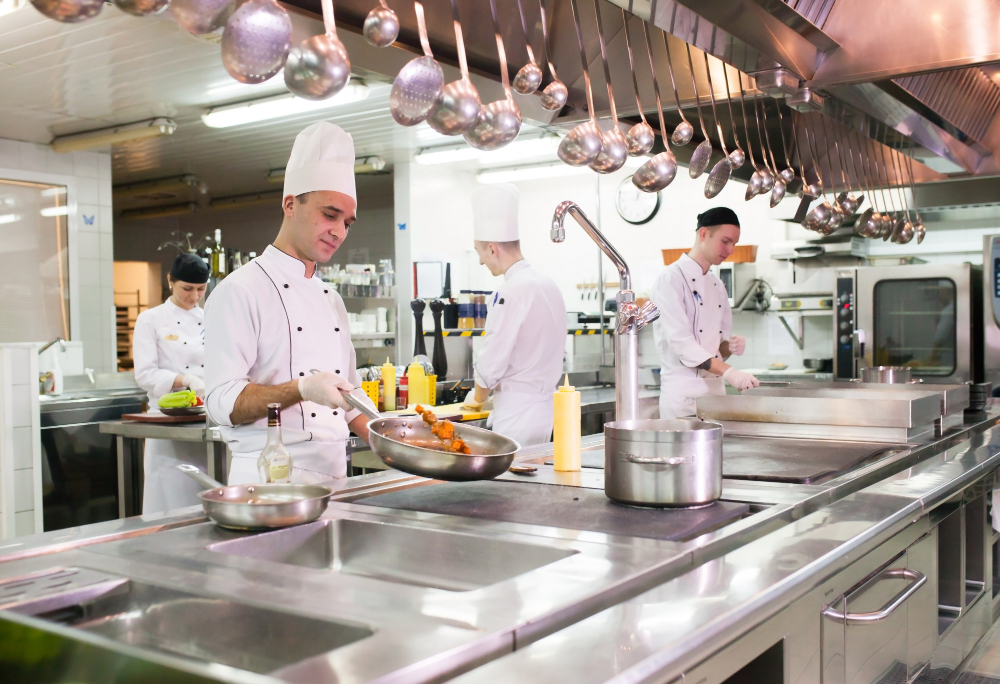
One type is the commissary kitchen, which serves as a central location for food preparation and storage. It’s ideal for catering companies or food trucks that need a base of operations to prepare their meals.
Another type is the shared kitchen space, where multiple businesses share one facility. This option allows entrepreneurs to split costs while still having access to high-quality equipment and facilities.
A virtual restaurant ghost kitchen operates solely online without any physical storefronts or dining areas. These kitchens are perfect for chefs who want to test out new concepts before investing in brick-and-mortar locations.
Lastly, there are dedicated ghost kitchens that cater exclusively to one business or brand. These spaces offer complete control over branding and menu offerings but can be more expensive than other options due to exclusivity.
When choosing a ghost kitchen type, it’s essential first to consider your business needs carefully.
Factors Affecting Rental Costs

One of the most significant factors is location. The cost of renting a ghost kitchen in a major city like New York or Los Angeles will be much higher than in smaller cities or towns.
Another factor that can impact rental costs is equipment expenses. Depending on your business needs, you may need to rent additional equipment such as ovens, refrigerators, and cooking utensils which could add up quickly.
Utility costs are also an important consideration when calculating rental expenses for your ghost kitchen. You’ll need to factor in electricity usage for lighting and appliances as well as water usage for cleaning dishes and other tasks.
The duration of your lease agreement will also play a role in determining how much you’ll pay each month for rent. Short-term leases typically have higher monthly rates compared to long-term agreements.
Licensing and permits required by local authorities should not be overlooked when considering the overall cost of renting a ghost kitchen space.
Average Ghost Kitchen Pricing

On average, the cost of renting a ghost kitchen ranges from $1,500 to $5,000 per month. However, this price can fluctuate based on location and size requirements.
For example, if you’re looking for a larger space in an urban area with high demand for food delivery services like New York City or Los Angeles – expect to pay more than the national average. Some providers may charge extra fees for utilities or equipment usage.
It’s important to note that while renting a ghost kitchen may seem expensive at first glance compared to traditional restaurant spaces’ rental costs; it’s essential not only as an affordable alternative but also as an investment in your business growth potential.
Rent Vs. Own: Pros and Cons

Both options come with their own set of pros and cons that should be carefully considered before making a decision.
Renting a ghost kitchen can be an attractive option for those who are just starting out or looking for flexibility in their operations. Renting allows you to avoid the upfront costs associated with purchasing equipment and leasing space, as well as providing more freedom when it comes time to move locations.
On the other hand, owning your own ghost kitchen can provide long-term stability and control over your operations. You won’t have to worry about rental increases or lease negotiations every few years, which can save money in the long run.
Owning means that you have complete control over how your space is designed and equipped.
Ultimately, deciding whether renting or owning is right for you will depend on factors such as budget constraints, growth plans for your business and personal preferences regarding ownership versus flexibility.
Ghost Kitchen Rental Options
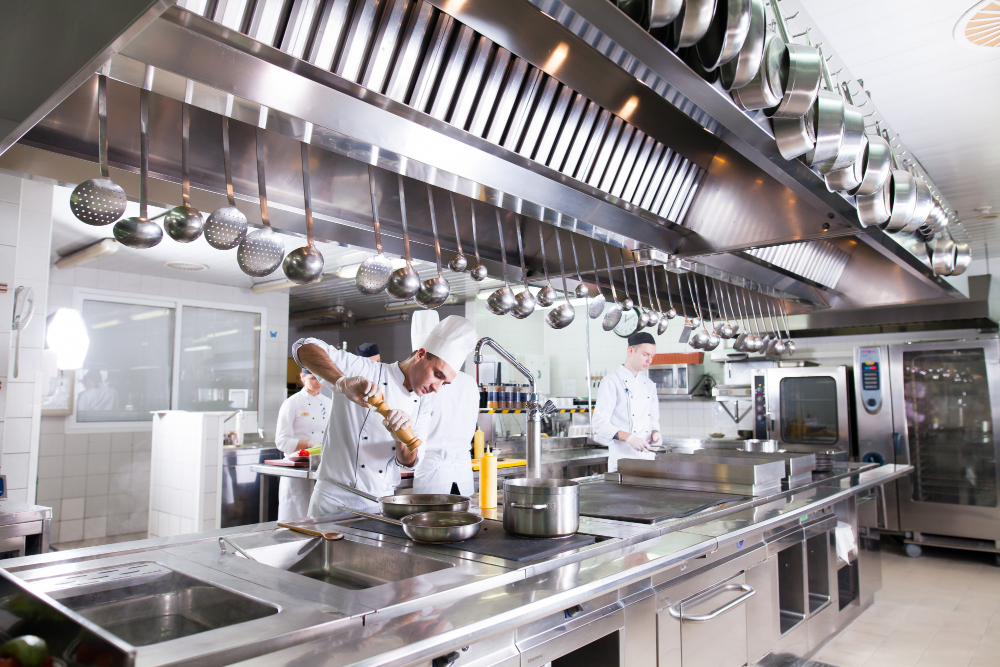
Some providers offer shared spaces where multiple businesses can operate out of the same kitchen, while others provide dedicated spaces for individual use. Shared kitchens are often more affordable and allow for networking opportunities with other food entrepreneurs.
However, they may also come with limitations on scheduling and equipment usage.
Dedicated ghost kitchens offer more flexibility in terms of scheduling and equipment access but tend to be pricier than shared options. They’re ideal for businesses that require specific equipment or have unique needs that cannot be accommodated in a shared space.
Another option is virtual kitchens or commissary kitchens which provide fully equipped commercial-grade facilities without physical storefronts attached to them; these types of rentals are perfect if you want an online-only business model.
Equipment Expenses

Unlike traditional restaurants, ghost kitchens require specialized equipment that is often expensive and may not be readily available for purchase or rental. Some of the essential equipment needed in a typical ghost kitchen includes commercial-grade ovens, refrigerators, freezers, fryers, grills and ranges.
When considering renting a ghost kitchen space from providers such as Kitchen United or CloudKitchens among others; it’s important to inquire about the availability of necessary equipment on-site. In some cases where specific appliances are not provided by the provider; you may need to rent them separately which can add up quickly.
It’s also worth noting that maintenance costs for these appliances can be high if they break down unexpectedly during your rental period. Therefore it’s advisable always to check with your provider regarding their maintenance policies before signing any lease agreements.
Utility Costs
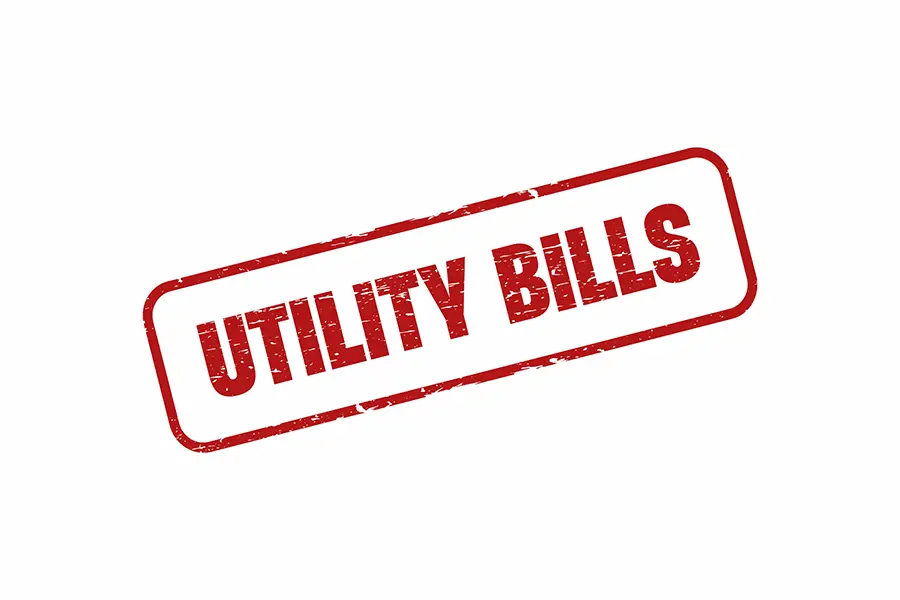
Depending on the provider, utility costs may be included in the rental fee or charged separately. It’s essential to understand what utilities are covered and which ones you’ll need to pay for yourself.
Typically, electricity and water usage will be included in your rental agreement; however, some providers may charge extra fees for excessive use of these utilities. If you plan on using gas appliances or equipment that requires high voltage power supply such as industrial ovens or refrigerators with compressors larger than 1 horsepower (HP), then expect additional charges.
It’s crucial to ask about utility expenses upfront before signing any lease agreements so that there won’t be any surprises later on down the line. Understanding how much it will cost you each month can help ensure that your business stays profitable while operating out of a ghost kitchen space.
Understanding all associated costs is vital when considering renting a ghost kitchen space for your food business venture.
Rental Duration Considerations

Depending on your business needs and goals, you may need a short-term or long-term rental agreement. Short-term rentals are ideal for businesses that want to test out new concepts or menu items without committing to a long lease.
On the other hand, long-term rentals can provide stability and consistency for established businesses looking for an affordable way to expand their operations.
It’s essential to carefully evaluate your business plan before deciding on how long you’ll need a ghost kitchen rental. Consider factors such as seasonal demand fluctuations, marketing campaigns timelines, and growth projections when determining what type of contract length will work best.
Another consideration is whether you want flexibility in terms of scaling up or down quickly based on changes in demand levels; this could be achieved through shorter leases with options for renewal if needed.
Licensing and Permits

Depending on your location, you may need to obtain certain licenses or permits before operating in a commercial kitchen space. These can include health department inspections, food service establishment permits, zoning approvals, fire safety certifications and more.
It’s essential that you research the necessary requirements for your area before signing any rental agreements. Failure to comply with local regulations could result in fines or even legal action against your business.
Some ghost kitchens may offer assistance with obtaining these licenses and permits as part of their services. Be sure to inquire about this when considering different rental options.
Location Impact On Price

The rental price for a ghost kitchen in an urban area with high demand and limited supply will be much higher than one located in suburban or rural areas. This is because the cost of real estate, utilities, and labor are generally higher in cities.
Moreover, if you’re looking to rent a ghost kitchen space within close proximity to your target market or delivery radius, expect to pay more as well. However, it’s important not only to consider location based on price but also accessibility for deliveries and ease of access for staff.
When choosing the right location for your business needs while keeping costs low may seem like an impossible task at first glance; there are ways around this challenge by considering shared spaces or partnering with other businesses that have underutilized kitchens during off-hours.
Size and Space Requirements
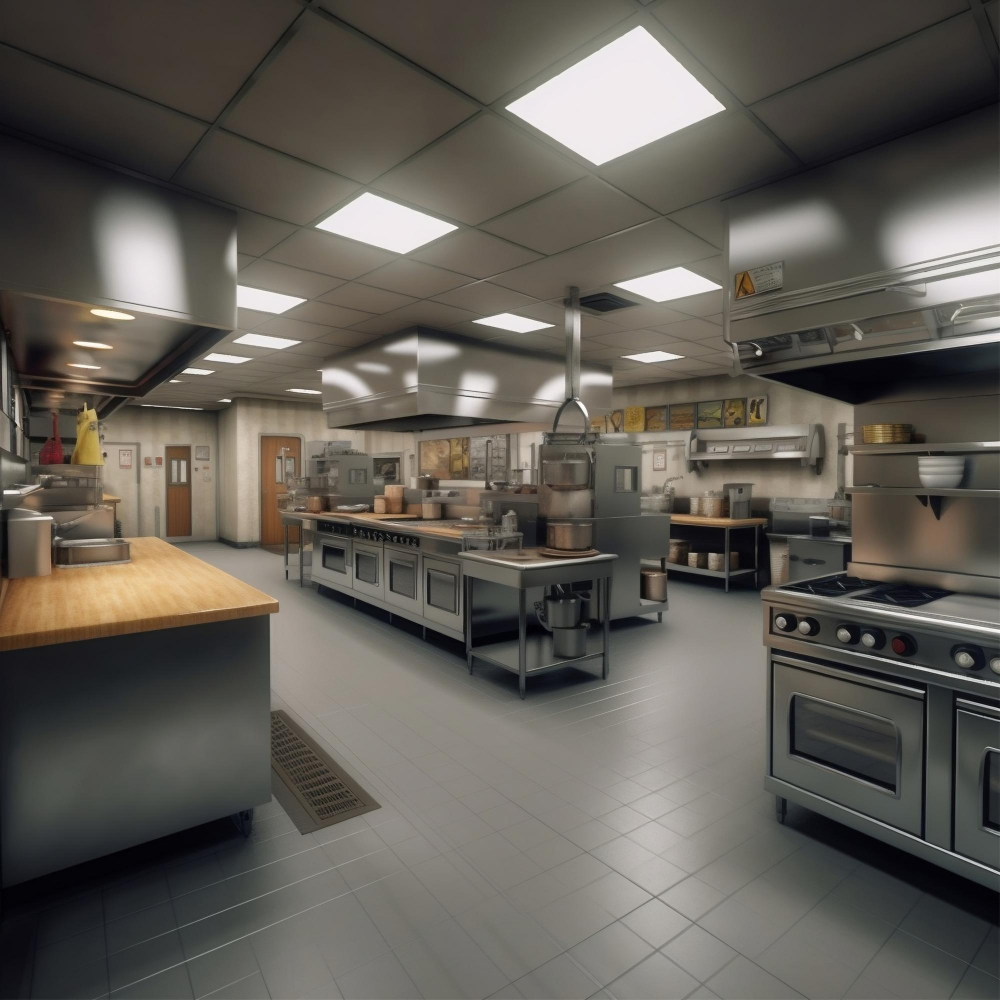
The amount of space you need will depend on your business’s specific needs, such as the type of food you’re preparing, how many orders you expect to receive per day or week, and how much storage space is required for ingredients and equipment. Some ghost kitchens offer shared spaces with other businesses while others provide dedicated spaces for individual use.
It’s important to consider not only the physical size but also the layout of your chosen kitchen. A well-designed kitchen can help streamline operations by reducing unnecessary movement between stations or appliances.
Keep in mind that larger kitchens may come with higher rental costs due to increased utility expenses like electricity usage or water consumption. On top of this, some providers may charge additional fees based on square footage used beyond a certain threshold.
Lease Negotiation Tips

Here are some tips to help you negotiate your ghost kitchen lease:
1. Do Your Research: Before entering into negotiations, research comparable properties and their rental rates in your area.
2. Be Prepared: Come prepared with a list of questions and concerns that you want addressed during negotiations.
3. Know Your Budget: Determine what rent amount fits within your budget before starting negotiations.
4. Consider Lease Length: Longer leases may offer lower monthly rents but could lock you into an unfavorable contract for an extended period of time.
5. Negotiate Rent Increases: Negotiate upfront how much rent will increase each year or if there is any flexibility on increases at all.
6. Understand Additional Costs: Make sure to understand any additional costs such as utilities, maintenance fees or equipment rentals that may not be included in the base rent price.
7. Be Willing To Walk Away: If terms cannot be agreed upon don’t hesitate to walk away from the deal.
Shared Vs. Dedicated Spaces
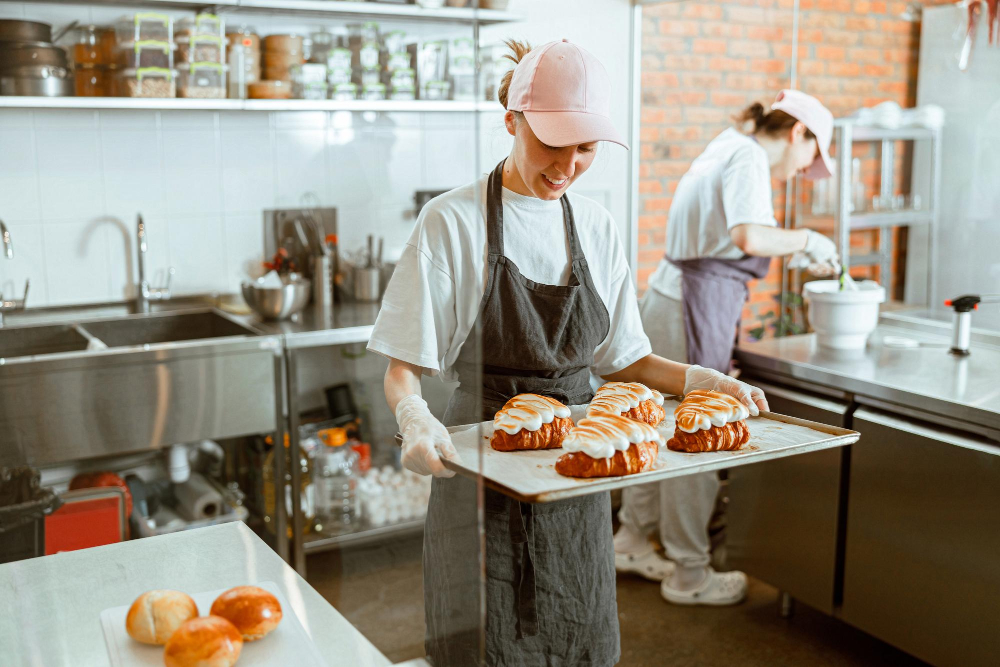
Shared kitchens are typically larger facilities that house multiple food businesses at once, while dedicated kitchens are smaller and rented exclusively by one business.
Shared kitchens can be an attractive option for those just starting out in the food industry as they offer lower rental costs and access to shared equipment. However, sharing space with other businesses can also lead to scheduling conflicts and limited availability during peak hours.
On the other hand, dedicated spaces provide more control over scheduling and allow for customization of equipment based on specific needs. However, this exclusivity often comes with higher rental costs.
Ultimately, deciding between a shared or dedicated ghost kitchen will depend on individual business needs and budget constraints.
Advantages and Disadvantages of Renting a Ghost Kitchen

One of the biggest advantages is cost savings. Renting a ghost kitchen eliminates many of the expenses associated with opening a traditional restaurant, such as rent for prime real estate locations or purchasing expensive equipment.
Another advantage is flexibility. With no long-term lease commitments, you can easily scale up or down your operations based on demand without worrying about being locked into an expensive contract.
However, there are also some disadvantages to consider when renting a ghost kitchen. For example, shared spaces may not be available during peak hours which could limit your production capacity during busy periods.
Since you’re sharing space with other businesses in most cases it’s important to ensure that everyone follows proper hygiene protocols so as not to contaminate each other’s food products.
Franchise Opportunities
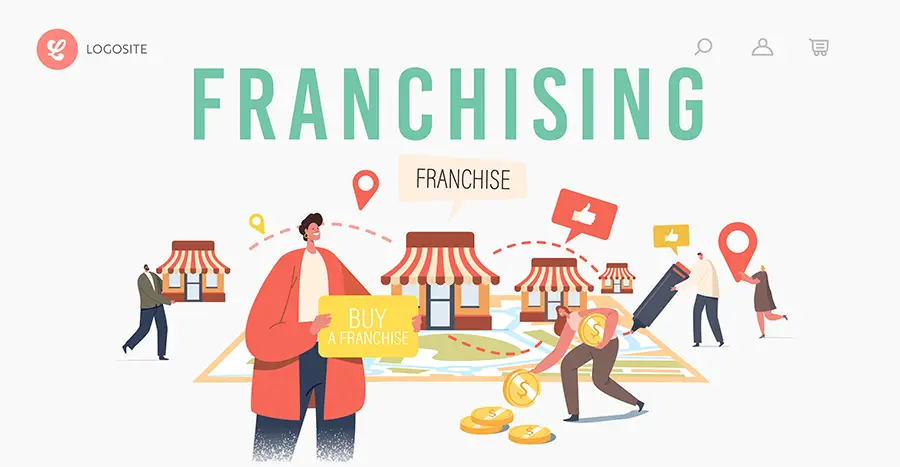
Many established restaurant chains have started offering franchise options for their ghost kitchens, allowing entrepreneurs to take advantage of an already successful brand and business model. This can be a great way to get started in the food industry without having to build your own brand from scratch.
However, it’s important to note that franchising comes with its own set of costs and requirements. Franchise fees can range from tens of thousands up to hundreds of thousands or more depending on the company and location.
There may be ongoing royalty fees that must be paid as well as strict guidelines for menu offerings and branding.
If you’re considering a franchise opportunity, make sure you do your research thoroughly before committing. Look at the success rates of other franchises within the same chain, talk with current franchise owners about their experiences, and carefully review all contracts before signing anything.
Virtual Brands and Ghost Kitchen Rentals
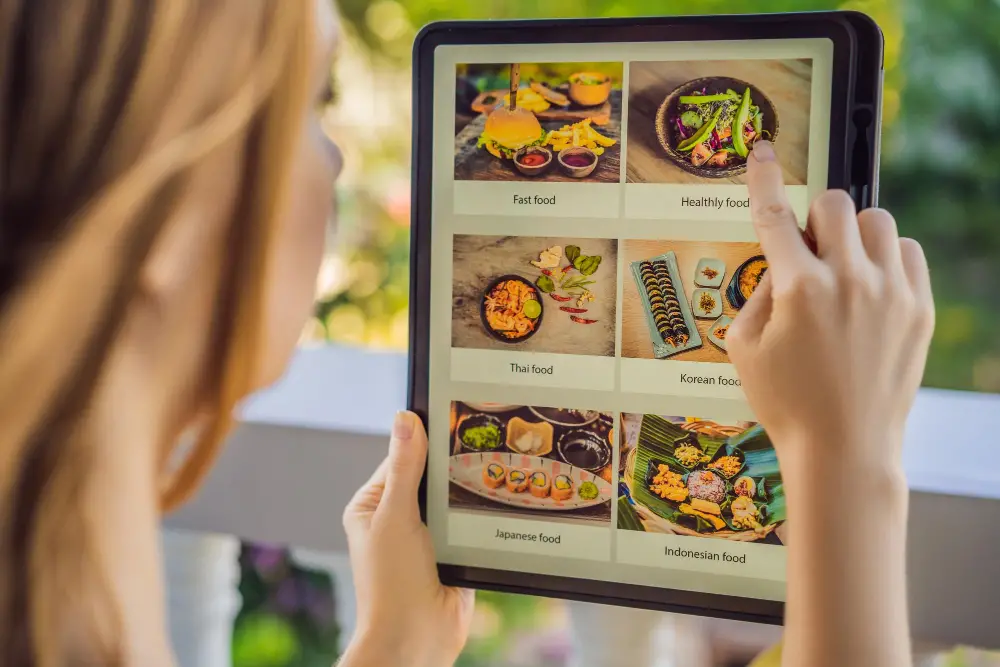
A virtual brand is essentially an online-only restaurant that operates out of a ghost kitchen. These brands often specialize in one type of cuisine or dish and use social media platforms to market their products directly to consumers.
The beauty of virtual brands is that they allow entrepreneurs to test out new concepts without investing heavily in physical locations or equipment. By renting a ghost kitchen, these businesses can focus on creating unique menus and building their brand identity without worrying about overhead costs.
Ghost kitchens provide an ideal environment for launching virtual brands because they offer flexible rental options with low startup costs compared to traditional brick-and-mortar restaurants. With the rise of delivery services like Uber Eats, Grubhub, DoorDash etc., it’s easier than ever for customers to discover these hidden gems from the comfort of their own homes.
Choosing the Right Provider

With so many options available, it can be overwhelming to decide which one will best suit your needs and budget. One of the first things you should consider when selecting a provider is their reputation in the industry.
Look for reviews and testimonials from other businesses that have rented from them before.
Another important factor to consider is location. You want to choose a provider that has kitchens located in areas where your target market resides or works, as this will help reduce delivery times and costs.
It’s also essential to look at what services are included with each rental option offered by different providers. Some may offer additional support such as marketing assistance or access to specialized equipment at an extra cost.
Success Stories and Examples
One such example is the popular fast-food chain, Chick-fil-A. In 2019, they announced plans to open a delivery-only location in Nashville using a ghost kitchen model.
By partnering with DoorDash and Kitchen United, they were able to expand their reach without the added expense of opening a physical restaurant.
Another successful example is Reef Technology Inc., which operates over 4,500 parking lots across North America that are being transformed into ghost kitchens for various restaurants and virtual brands. They offer shared spaces equipped with everything needed for cooking up delicious meals while keeping costs low.
In addition to these larger companies’ successes in utilizing ghost kitchens as part of their business models; many small businesses have also thrived through this innovative solution’s use.
Renting a Ghost Kitchen can be an excellent way for entrepreneurs or established chefs looking to start new ventures without breaking the bank on overhead expenses like rent or equipment purchases upfront – making it easier than ever before!
FAQ
Is a ghost kitchen a good investment?
A ghost kitchen can be a good investment if the time, labor, and funding are well-managed and local KPIs are favorable, with profitability potentially achievable within the first two years of operation.
How do I turn my restaurant into a ghost kitchen?
To turn your restaurant into a ghost kitchen, invest in high-performance equipment such as a stove, multifunctional deep fryer, and freezer to enable quick and efficient preparation of orders by your team.
How do ghosts kitchens work?
Ghost kitchens operate by focusing on fulfilling online food orders for delivery through third-party platforms or their own systems, without offering dining space or a visible storefront.
What are the key components to consider when setting up a ghost kitchen?
Key components to consider when setting up a ghost kitchen include location, equipment, technology, delivery platforms, menu development, and marketing strategies.
What are the typical challenges faced by ghost kitchen operators in terms of cost and operations?
Ghost kitchen operators typically face challenges in terms of high initial setup costs, inconsistent food delivery quality, staff management, and difficulties in brand building and visibility.
How do you market your ghost kitchen effectively to reach potential customers?
To market a ghost kitchen effectively, utilize digital channels such as social media, food delivery platforms, and targeted advertisements to increase visibility and attract potential customers.




